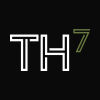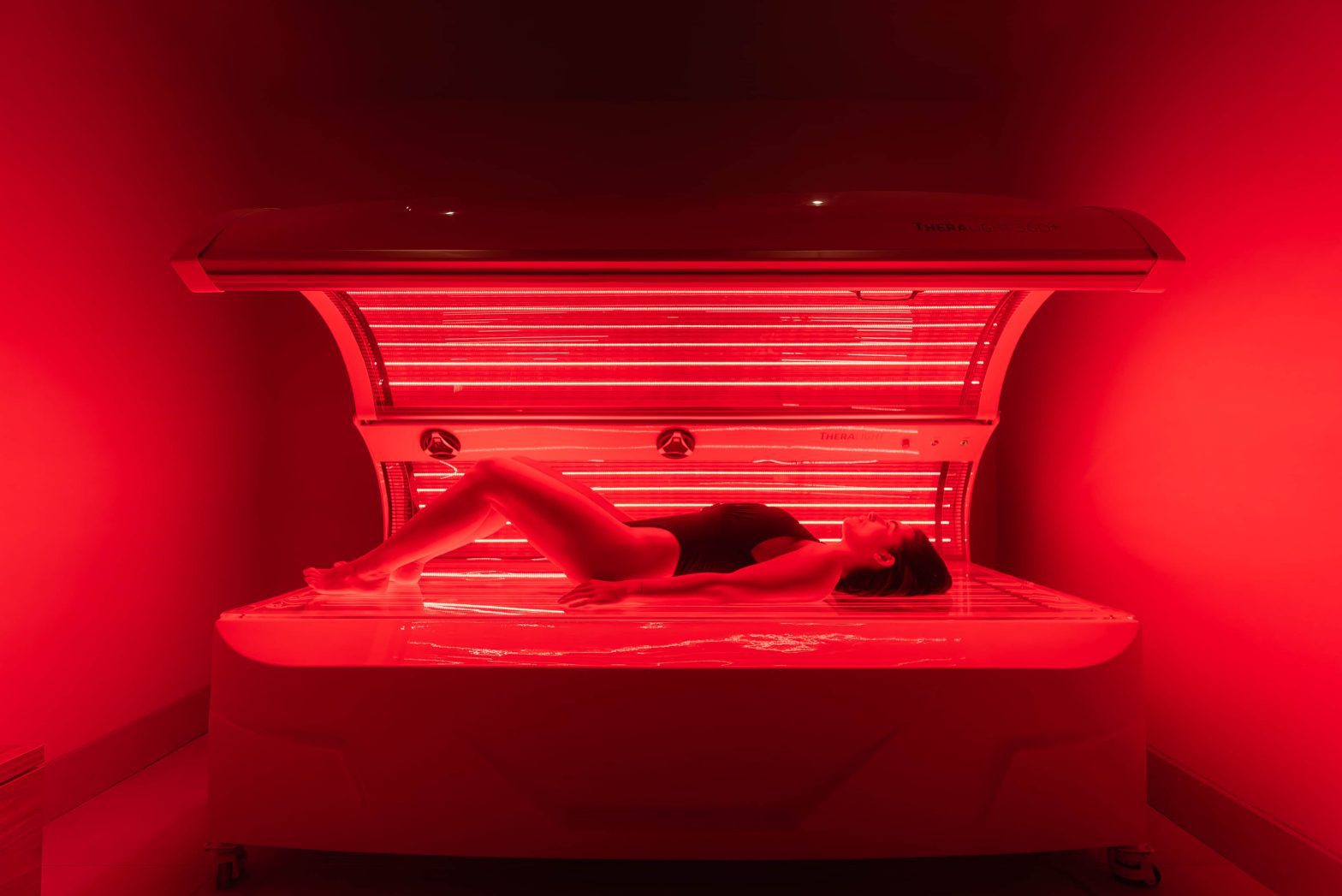Acne is an inflammatory disorder of the skin in which the overactive sebaceous glands can lead to clogged hair follicles. This can cause whiteheads, blackheads, and painful pimples. There are several treatments for acne out there today, but as it can be super persistent, finding something that works (and continues to work) for you can take longer than you’re hoping for.
Can red light therapy work for acne?
RLT devices can kill bacteria on the skin exposed to it, which can greatly reduce the amount of acne you experience, as well as its severity and how many flare-ups you experience. This is a research-backed treatment for acne, and dermatologists have even been using visible light devices as an alternative acne treatment for the past two decades.
But why the need for an alternative treatment at all? If there are already numerous oral and topical treatments available for acne symptoms, why would we need to use RLT? Well, it’s no secret that many people who use these treatments are dissatisfied with their results or the side effects of those treatments. And with adult acne rates higher than ever in Australia right now, it’s vital that you find something you’re completely happy with to prevent negative feelings from setting in.
What makes red light therapy an effective treatment for acne?
Red light can boost the cell’s energy levels
It’s well known that RLT can produce more energy in the cells by stimulating the mitochondria, helping them work more efficiently to reduce skin inflammation and boost the production of collagen. RLT is a healthier way of giving your cells a much-needed boost, letting them function both stronger and for longer. This helps them become more effective at things like tissue repair and regeneration, otherwise known as healing – perfect for people suffering with acne! And, as if that weren’t enough, this benefit also helps your cells reduce the appearance of wrinkles, fine lines, and age spots.
It can reduce inflammation
When the hair follicles become clogged from excess oil and dirt, they tend to become red and swollen. This is most likely due to the irritation or even infection settling in from the clogged pores, and this can even cause a reasonable level of discomfort. However, in more severe cases, inflammatory acne lesions can progress to being super painful. The good news? RLT can boost the healing properties of the skin to reduce these inflamed pores, and it can even work to limit inflammation to prevent them from coming back as severe.
RLT can encourage cellular regeneration and tissue repair
Skin cells are always dying, and this is one of the main things that pores and hair follicles get clogged with. While there’s no way to stop these cells from dying – this is just a normal part of your skin’s life – RLT can be instrumental in the process of cellular regeneration. This is important as new skin cells will need to be regenerated to replace the old, dead ones. The more skin cells you can regenerate, the better your skin can repair the damage from acne scars – perfect for self-esteem boosts and improved quality of life.
RLT has also been shown to be effective in wound healing and tissue repair, which is great news for acne sufferers. When your skin tissues become damaged from acne, your skin needs to repair the damage. Thanks to the energy boost from red light, your cells should hopefully be able to do this much faster than normal – which can also reduce possible scarring.
How long should you use red light therapy to treat acne?
Everyone reacts differently to red light therapy, so the question of how long you should use it for acne isn’t as straightforward as it sounds. Your dermatologist will be able to speak with you more about this, but generally, most treatments begin with three to five sessions a week for between 10 to 20 minutes at a time. Depending on the severity of your acne, and whether you have any other skin conditions that RLT might be used to treat, this treatment plan can extend between one and four months.
After this, it’s up to you and your personal preference as to whether you continue with so many treatments or not. Some people like to keep using RLT as a preventative measure while others take a break to see how their skin will fare without it. We highly recommend making a plan with your dermatologist or esthetician before embarking on this journey to make sure it’s definitely what’s best for your skin.
Red light therapy for acne: what does the research say?
A discussion into how low-level laser therapy can affect the skin looks into the effectiveness of RLT on acne. Acne is, for the most part, treated with both topical and oral medications that contain things like AHAs and retinoids, although more severe cases often call for stronger antibiotics and hormone therapies. These treatments aim to reduce inflammation, bacterial growth, and oil production, but they often end up falling short for many people.
Light therapy, such as RLT, is a newer approach that has been quickly gaining popularity thanks to its fewer side effects and less invasive methods. Studies have found that red light can penetrate deeper into the skin to reduce inflammation and oil production. It is particularly beneficial when used with blue light therapy, as this can also fight bacteria while the red light calms inflammation.
Several studies have shown the effectiveness of near-infrared light, either alone or being used with other treatments (mainly blue light therapy), is an effective treatment of acne vulgaris. For example, one study found a significant reduction in active acne lesions after 12 sessions of treatment using 630-nm red spectrum low-level laser therapy, when used with a 2% topical ointment. However, interestingly enough, when the same study used a wavelength of 890 nm, no significant effects were seen.
Research suggests that using both red and blue light therapies together is the best option as it targets two acne-centric issues in one, but the wavelengths used are much more important than originally thought.
Red light therapy for acne: is it the right treatment for you?
The only way to know whether this is truly the best treatment for you or not is to contact your dermatologist and see what they say, as every case of acne is different. However, as RLT comes with very few side effects and has been shown to be an effective acne treatment, as long as your healthcare professional signs off on it, we say there’s no harm in giving it a go!
FAQs
Are there any side effects of red or blue light?
Both red and blue light therapies are considered safe, but there have been a few minor side effects reported, including:
- Redness
- Bruising
- Peeling skin
- Mild discomfort or irritation
When dealing with acne, there may be a few other side effects to look out for, but again, these aren’t very common at all. The rarer side effects might include:
- Dried pus around your acne
- Burns
- Dark pigmentation as a result of exposure to too much sunlight after treatment
- Severe pain
Final thoughts
Red light therapy is an effective option for many skin ailments, such as wrinkles, uneven pigmentation, and even acne. It penetrates deep into the skin to give your cells a much-needed boost, letting them work more effectively at reducing inflammation caused by clogged hair follicles and pores. Studies have shown that this can be a great treatment of acne, especially when combined with blue light therapy, as they come with fewer side effects than popular topical treatments and medicines.




